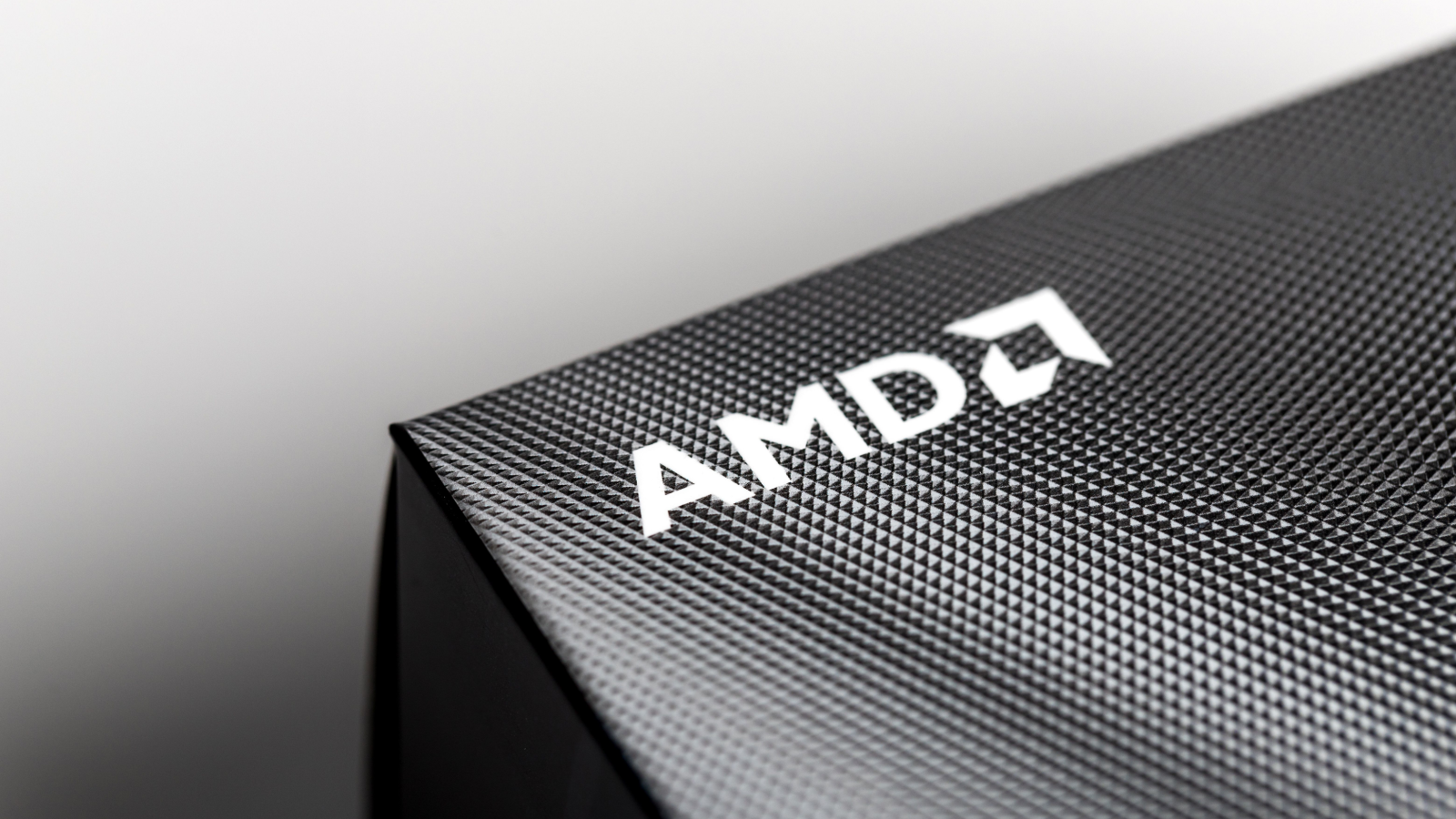AMD and OpenAI’s partnership reveals why investors must stay rooted in reality.
Tom Yeung here with today’s Smart Money.
Here’s a riddle for you…
Imagine a lily pad sitting in the middle of a lake. Every day, the lily pad doubles in size. By the end of 30 days, the lake is fully covered.
What percentage of the lake is covered by lily pads on day 29?
Most grade school math teachers will quickly recognize this brain teaser. It’s a common way to teach kids how confusing exponential growth can be. Even adults have trouble picturing that just 50% of the lake will be covered on that penultimate day.
The wizardry of compound growth can also cause a separate grade-school activity:
Magical thinking.
Kids tend to believe their personal thoughts have a direct effect on the world. That’s why teachers have little trouble convincing youngsters to behave, especially right before Christmas vacation. After all, Santa knows if you, a six-year-old, have been naughty or nice.
On Wall Street, magical thinking happens often as well, especially when exponential growth seems limitless.
During the electric vehicle craze of 2020, dozens of firms raised cash at billion-dollar valuations. Many would get sued for fraud, go bankrupt, or both after the initial boom slowed.
That’s also why Monday’s deal between Advanced Micro Devices Inc. (AMD) and OpenAI should raise some eyebrows.
In today’s Smart Money, I’ll detail how this deal highlights magical thinking on Wall Street’s part… and the best way to guard yourself against it.
AMD’s Backwards Deal
In their deal, AMD agreed to supply up to 6 gigawatts (GW) of GPU muscle to power OpenAI’s next-gen infrastructure in exchange for up to 160 million shares.
Here’s where the eyebrow raising comes in…
Typically, a company that wants to buy $60 billion’s worth of products would usually write an IOU for $60 billion. That’s the basic rule of commerce, and it represents roughly the value of 6GW of AMD’s chips, assuming a market price of $25,000 each.
But OpenAI did the opposite.
Instead of an IOU, OpenAI persuaded AMD to issue them 160 million warrants at a cent each. So, AMD is paying $33 billion (10% of its current market valuation) for OpenAI to take the deal.
Now, there are three big reasons why AMD would do this backwards deal.
1. OpenAI currently has a golden touch with share prices.
2. The partnership with OpenAI gives AMD a seat at the AI table, paving the way for more exponential growth.
3. Warrants (much like stock options) are a relatively easy way to hide dilution from Wall Street bears.Most investors will happily ignore rising share counts if revenues are going up even faster.
However, Eric rightly pointed out in his Fry’s Investment Report service that this deal hinges on a major “what if” from OpenAI…
This inversion makes OpenAI’s path to profitability fundamentally different from, and arguably less reliable than, the business models of past tech giants. It’s one thing to scale a product like Microsoft Corp.’s (MSFT) Microsoft Office or Alphabet Inc.’s (GOOGL) Google Search – quite another to scale an AI system that consumes electricity and silicon like an industrial furnace.
The deal is also astonishingly vague. There’s no timeline for the 6GW purchase, nor the pricing of the deal. In fact, shares of AMD slipped more than 10% in intraday trading on Monday after these doubts began to surface.
Though AI spending is only getting started, there are some growing hints that magical thinking is beginning to take over the otherwise sound reasoning of exponential growth.
So, what does it mean for investors when Wall Street starts thinking a little too magically?
The answer is to invest in the “future-proof,” especially when it comes to AI. And here’s why you’ll want to…
How to Guard Against Magical Thinking
As Eric said…
It is possible that AMD will continue to build on its recent gains. But [its] massive jump seems a bit excessive to me. It feels reminiscent of the frothiness that characterized the peak of the dot-com bubble.
To be clear, I am not suggesting that the AI boom has entered the terminal, bubble phase, but hints of irrational exuberance are starting to appear.
Instead, to keep a healthy, diversified portfolio, Eric recommends investing across the four AI categories that he’s identified…
- AI Builders – Companies that are creating the software and hardware architectures that allow AI technologies to operate and scale (like AMD).
- AI Enablers – Companies that supply the physical materials, energy, and real estate required to build and operate AI systems.
- AI Appliers – Companies that are quietly adopting AI technologies to boost efficiency, productivity, and profitability.
- AI Survivors – Companies that produce goods and services that AI cannot replicate or replace.
This last category is especially useful to guard against any runaway magical thinking and irrational exuberance. It includes companies that operate in major industries like…
- Agriculture
- Energy in its various forms
- Mining
- Hospitality and travel
Other types of survivors provide “affordable luxuries” like farm-to-table foodstuffs, artisanal home goods, premium coffees, or high-end spirits.
Eric recommends companies in these “survivor” industries at Fry’s Investment Report.
To learn how to access these names, simply click here.
Until next week,
Tom Yeung
Market Analyst, InvestorPlace









